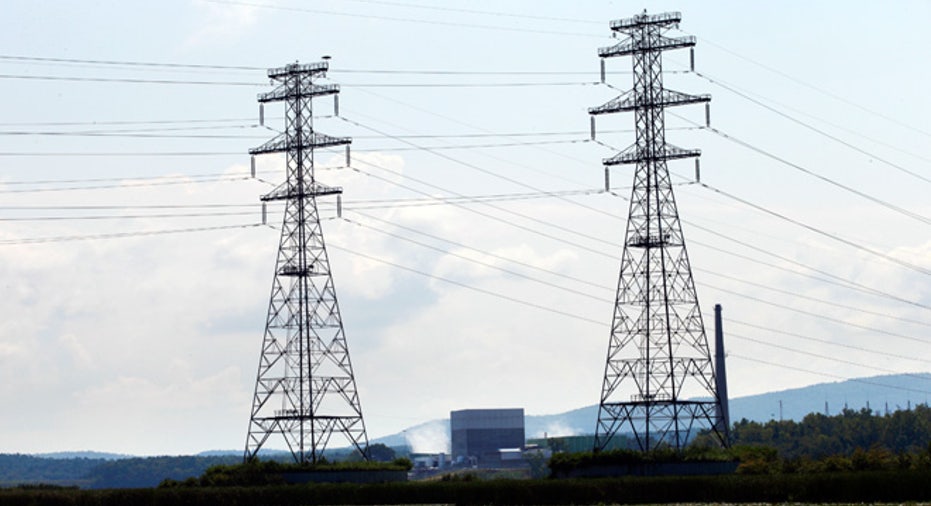Powering The Grid From Afar

It's the conundrum of electrical utilities: in the heat of the summer, when customers have their air conditioners and lights running and are sucking up power to run their businesses, how can a utility prevent overloaded, overheated circuits that can lead to fires and even blackouts?
Short of shutting down entire subsections of the grid - a neighborhood or an industrial zone, for instance - there used to be little a utility could do. Now, through a system called "demand response," utilities can remotely reach into an office building, a factory or a shopping mall and tweak demand, shutting off a bank of unused elevators, say, or turning the air conditioning up a degree or two.
Demand response is part of the so-called smart grid that utilities, grid operators and federal regulators are working to implement to make the U.S. electrical grid system more resilient, letting it more easily balance loads at times of peak demand to avoid power strains, brownouts and even blackouts.
Using a variety of sensors in a factory office building or even a home, data on electrical use flows over the web and back to utilities in real time. Customers who sign up for demand response service can get money back if they agree to let their utility cut loads at peak demand times.
The contracts can provide for cutting anything from a bank of express elevators in an office building to cycling the air conditioning up by a couple of degrees on the factory floor.
"When we look at a building, we would probably target 10% of their overall load," says Mike Perna, vice-president for business development at ConEdison Solutions, a sister company of the New York utility. On a blisteringly hot day, taking full advantage of every demand response agreement in its area might only save a utility a few percentage points of overall demand across its grid.
"It’s that last 1% to 3% that could make the difference" between a stable grid and a brownout or even a blackout, says Perna. "It doesn't sound like much, but it's a huge difference on peaking generators, cables, transmitters."
Balancing an electrical load is a complex task. Regional power pools, non-profit entities that manage the nation's high-voltage power lines are constantly monitoring usage and the state of the high voltage lines.
Too much demand and the cables can overheat, short-circuiting or causing fires. To keep demand smooth, the power pools tell generators to boost output whenever demand rises, and can suddenly idle a generating station when demand falls. Many areas have so-called peak generators that kick in only when demand suddenly outstrips the normal supply. But they are expensive to build, are used only a few hours a day - or even a week, and are expensive to run.
Companies that sign up for demand response can opt for 24-hour notice or 2-hour notice of an impending supply cut, says Perna. And customers whose operations aren't web-ready can simply get emails, text messages or even phone calls from their utility asking them to dial back on electricity use.
The refunds and incentives for cutting power at peak times can come from the utility or from middlemen who install the peak demand systems, known as Automated Supervisory Control and Data Acquisition systems and which can run over the internet or on private network system.
The middlemen make their money by buying and selling peak demand power, sometimes installing the demand response systems at little or no charge.
Not all demand response is for large buildings. After New York City's 2003 blackout, caused when lightning and overheated cables combined with a surge in demand to power air conditioners on a hot August night, local utilities began offering customers internet-controlled switches on residential air conditioners or electric water heaters.
The next time demand peaks on a summer night, the utility can shut down your air conditioner for a half hour while the peak demand passes and the transmission cables cool down, then switch it on again, avoiding a possible blackout.
"By the fact that there are a number of customers working though demand-response providers like us, when the grid knows they are going to have a tough day, they can count on this load to come off the grid," says Perna. "That may be just enough to prevent an incident from happening."



















